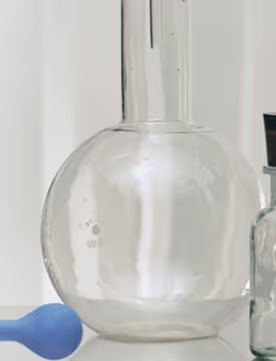Antibiotics are drugs that are used in the treatment and prevention of bacterial infections. They may either inhibit the growth of bacteria or kill them outright. Antibiotics vary in their mode of action, effectiveness, and how they are administered. They usually start working very quickly, but they differ in how long they stay in your body, depending on the type of antibiotic, how long you take it, and a few other factors.
In this article, we will go over what antibiotics are used for, types of antibiotics, and how long different types stay in your system.
What Are Antibiotics?
Technically, the term “antibiotic” only refers to substances that come from natural sources such as bacteria and molds — synthetic antibiotics designed in labs should really be called antibacterial or antimicrobial drugs. However, in everyday usage we think of all drugs that help fight bacteria as antibiotics, no matter how we get them. (Source)
Antibiotics are used to treat infections caused by bacteria, such as strep throat, bacterial pneumonia, ear infections, and urinary tract infections. It’s key to note that antibiotics are not effective against viral infections, which may be treated with a different class of drugs called antivirals. This is why antibiotics don’t work against the common cold, which is a viral rather than bacterial infection. (Source, Source)
Antibiotics stay in your system for anywhere from a few hours to a few days. The exact amount of time will depend not just on the drug and how long you take it, but also on individual factors such as your age and body mass.

Types of Antibiotics
Antibiotics can be characterized and grouped based on their mechanism of action, their spectrum of action (which bacteria they work against), and how they are administered.
Antibiotics: Mechanism of Action
Antibiotics are either bactericidal, meaning they kill bacteria, or bacteriostatic, meaning they keep bacteria from reproducing while the immune system clears them away. They do this by interfering with:
- building and maintenance of bacterial cell walls
- production of DNA and RNA
- production of proteins needed for cellular function
Antibiotics: Spectrum of Action
Antibiotics can also be classified by their spectrum of action, which is the range of different pathogens they act against.
- Broad-spectrum antibiotics are effective against a wide range of bacteria and are especially useful when the target pathogen hasn’t been identified.
- Narrow-spectrum antibiotics are used to treat infections caused by specific types of bacteria after they’ve been identified.
Because broad-spectrum antibiotics affect many different bacteria, they may kill off not just the ones causing infection but also members of your normal microbiome — the community of microbes that populate your gastrointestinal tract and skin and are beneficial to your health. Narrow-spectrum antibiotics are less likely to do this. (Source, Source)

Antibiotics: Method of Administration
Antibiotics come in various forms and can be administered in various ways, including:
- oral administration: taken by mouth, including tablets, capsules, and liquids
- intravenous administration: injected into a vein, allowing the antibiotic to go directly into the bloodstream
- topical administration: applied to the skin through creams, lotions, and ointments
(Source)

.avif)
%20(1).avif)
%20(1).avif)

.avif)












.avif)

%2520(1).avif)


